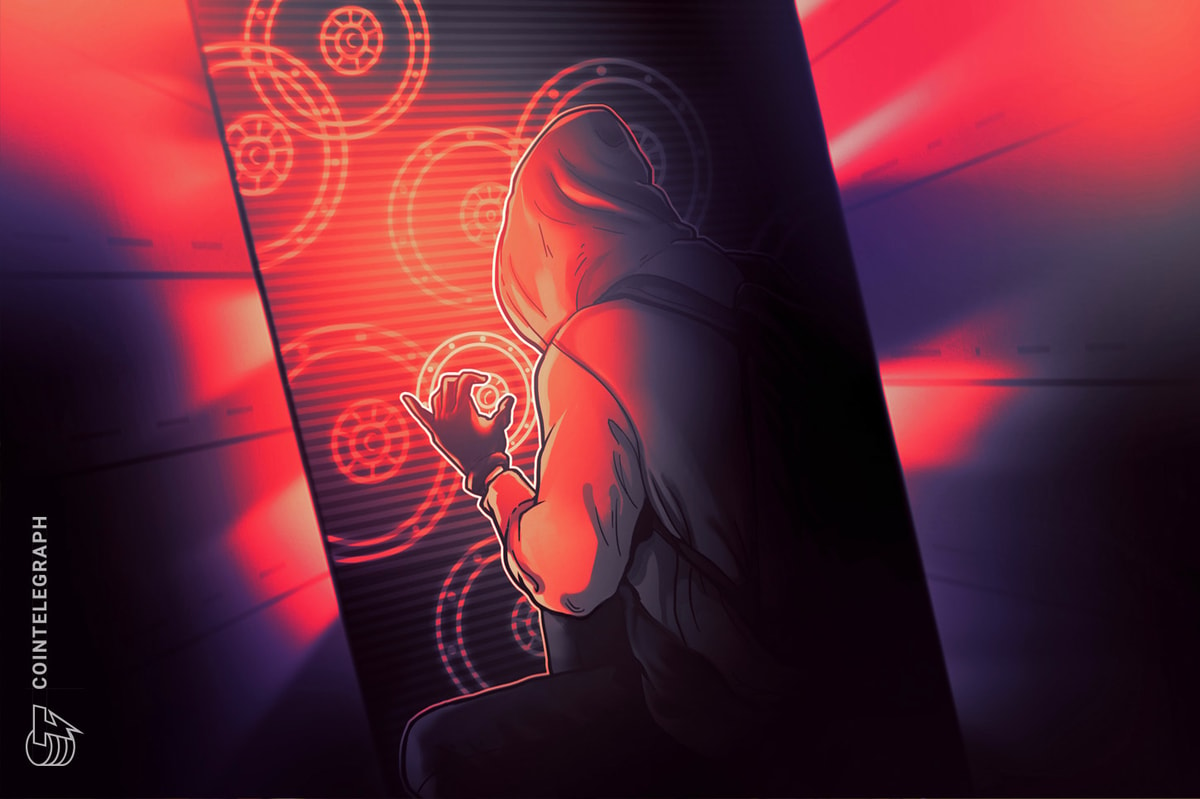
Five years ago Saint Satoshi penned a brilliant idea. This idea was given freely to us. It has since fostered an arena where programmers cooperate, collaborate and compete to build viable alternatives. The latest entrant is Dogecoin.
Dogecoin began life as a sarcastic remark on Twitter: “Investing in Dogecoin, pretty sure it’s the next big thing.” After gaining traction online the idea became a reality. It has spread primarily through tipping on Reddit.
Dogecoin is a variation of the Bitcoin source code that, like Litecoin, uses Scrypt. However, with Dogecoin, the technical aspects are less interesting than the social. The technical aspects are familiar. The marketing, based on a popular meme series, is novel.
It has touched a nerve. Its value has soared and recently corrected. In a short space of time it has captured a large amount of value and the scenes imagination.
Despite this flying start Dogecoin is still just a puppy. Its future is uncertain. Of course, the same can be said for all alts and Bitcoin too, albeit to a lesser extent.
For now Dogecoin has been most successful in holding a mirror up to the community. It is forcing us to reflect at a key point in this technology’s evolution. This article’s title is deliberately provocative. Dogecoin will be used as a conduit for a deeper analysis of how decentralised crypto-currency arrived at this point in history.
Bitcoin is entrenched. It is the original. All others spring from it. It is the base currency on exchange, with a multi-billion dollar market cap. It is the yardstick by which we measure the overall health of the space. It is king.
Dogecoin is the newest alt on the scene. It started life as a joke on social media. It takes a light-hearted approach to otherwise serious issues of value, finance and liberty. It is an unashamedly jolly prankster. It’s young, innocent and foolish. Dogecoin is a jester.
The two are seemingly worlds apart. But are they really so different? They are, after-all, the same core technology. Branding and marketing are where they diverge.
In a world of infinite possibility what does Dogecoin need to replace Bitcoin?
How to build a successful alt: just add water.
Peter Schiff and Erik Voorhees debated the viability of crypto-currency this November. During the discussion Schiff questioned whether Bitcoin would endure: a fair question. In response Voorhees pointed to the years and billions spent building the necessary infrastructure and architecture around Bitcoin.
Such infrastructure is key to the long-term success of any coin. But Bitcoin is not necessarily as far ahead as some would have you believe.
Bitcoin as a transaction network, up until six months ago, was very much a Satoshi Dice story. Some estimates have the game accounting for up to a half of all transactions on the blockchain. Satoshi Dice acted to drill the blockchain: testing its strength and viability as a global payment network.
In addition to Satoshi Dice and up until more recently, a significant number of Bitcoins were being transacted through the Silk Road. Estimates are rough and hotly debated. But the silk-road is certainly the marketplace where Bitcoin gained footing and gathered steam. The Silk Road showcased the potential of Bitcoin to the world.
Dogecoin would benefit from the addition of these two key ingredients. Indeed, there is already a Satoshi Dice clone for Dogecoin. A Silk Road clone is still lacking. One could imagine a Black Market that only accepted Dogecoin as capturing the world’s imagination and securing sustained publicity.
However, for a coin to have true long-term viability, still more is required. Dogecoin must foster a community around it: a clique of passionate individuals acting to build the necessary foundational layers on top of the protocol adaptation.
Going forward, varied implementations of the protocol are the primary foundational layer required to sustain any coin.
Currently there are approximately half a dozen well know implementations of Bitcoin. A healthy network requires diversity. Diversity helps to protect against vulnerability. For Dogecoin to have longevity then developers must work on implementing it. This foundational layer is fundamental to the architecture.
In the initial stages the rewards for such important code are not easily identifiable or guaranteed. So, to get even more reductive, Dogecoin must inspire.
Inspiration will be the lifeblood of Dogecoin. If individual actors are not inspired to work on the core code then a core group of dedicated and passionate developers will never form.
It goes deeper still. Individuals must be inspired to associate and cooperate to ‘evangelise’ the coin. Dogecoin will live and die by its ability to sell a raison d’etre: something above immediate profit that motivates people to action. This message must be capable of sustaining momentum over time.
Dogecoin has been successful in doing this already. While conceived in jest, Dogecoin has a serious intention. As David Gilbert of the ibtimes notes “Dogecoin is envisioned as an anti-bitcoin” now that bitcoin is increasingly “seen as the plaything of serious investors and businessmen such as the Winklevoss Twins.”
This comical approach to an otherwise serious technology is where Dogecoin has found its niche and gained traction. As Gilbert notes further, “It’s not taking itself as seriously, it’s not being used by people worrying about whether they’ll become rich.”
The long-term potential of this message remains to be seen. However, at this early stage, it has already showed a clear ability to inspire. Clarity of purpose is slowly and organically forming around Dogecoin. The core fan base already exists and social media traction has been achieved. A strong spring-board for next level growth now exists.
Dogecoin’s core supporters must be so inspired by this message that they go forth and inspire others. Network effects will eventually take hold. A Dogecoin Jesus will certainly be required.
A community driven by a broad unity of purpose will foster network effects that necessarily create brand recognition. Brand recognition for Dogecoin will lead to acceptance in trade. The market mechanism will then see entrepreneurs build payment processor companies. Such companies are necessary for interaction with Dogecoin.
The Recipe for Success
Dogecoin, to replace Bitcoin as the leading cryptocurrency, will require: 1 Satoshi Dice clone, 1 black market, 1 Dogecoin Jesus, 2 payment processors, a cohesive raison d’etre (smothered lovingly with inspirational rhetoric), 3 oz. of infrastructure, a pinch of core developer talent and a splash of evangelical zeal. Place in the oven and bake at 250 degrees for 5 years. Oh yeah, don’t forget to add water.
Of course, all this assumes that Dogecoin needs to follow precisely in Bitcoin’s footsteps to replicate its success. This is not necessarily true. It could blaze its own trail. However, with an analysis of the budding Bitcoin ecosystem, a formula emerges. Dogecoin would do well to follow this formula. The path has been beaten, so why not? And may this recipe inspire one thousand other tasty alts to rise.








